As members of the Cervidae family, deer, moose, elk, and caribou are elegant animals with large antlers, are ecologically significant, and are versatile. Most of these are animals that play a major role in ecosystems and they have cultural, economic, and environmental values.
This article aims to describe their taxonomy, appearance, activity, environment, and how to recognize them, which is particularly informative about their environment.
Overview of the Cervidae Family
Deer, moose, elk, and caribou are all of the Cervidae group of cattle-like animals, all of which are hooved mammals that have an even number of toes and of which the males have antlers.
While these animals are related to each other at some point their evolution has split and they evolved to occupy different regions and conditions.
Classification:
- Deer (Cervinae): This subfamily includes species like white-tailed deer, mule deer, and red deer.
- Moose (Alces alces): The largest member of the Cervidae family, moose belong to the subfamily Capreolinae.
- Elk (Cervus canadensis): Sometimes called wapiti, elk are a large species native to North America and Asia.
- Caribou (Rangifer tarandus): Known as reindeer in Europe, caribou are uniquely adapted to cold climates and are part of the Capreolinae subfamily.
The Cervidae family contains all those species which have a common origin and have developed over millions of years. The family then diversified into different species living in different regions of the world, but the descendants of this group have many of the same features, including, antlers, hooves, and herbivore diet. These similarities are important to point out showcasing the evolutionary relation within the referred Cervidae family.
Physical Characteristics
Each species in the Cervidae family boasts distinct physical features that aid in survival and reproduction.
Deer
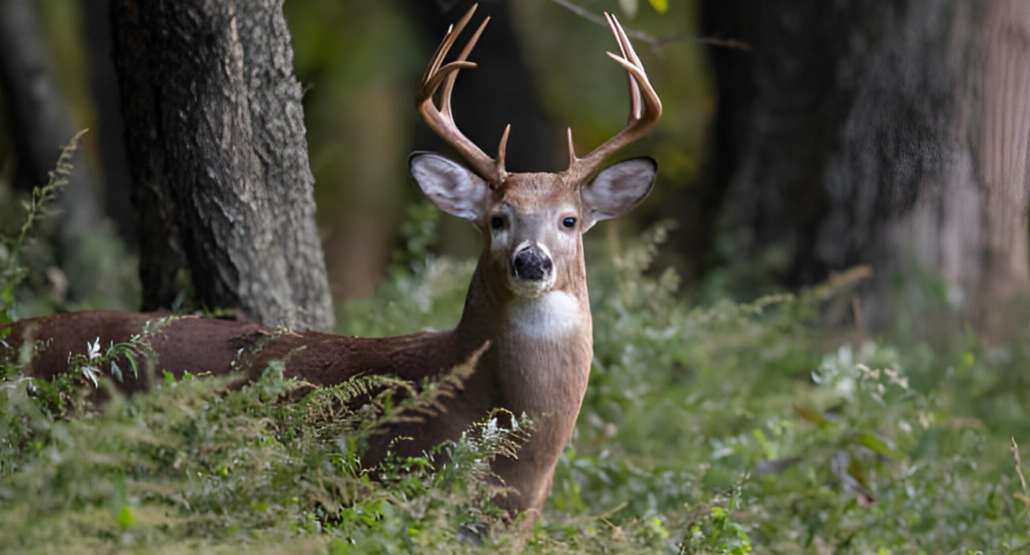
- Size and Weight: White-tailed deer weigh 100–300 lbs and stand around 3 ft at the shoulder.
- Antlers: Males grow branched antlers that shed annually.
- Unique Features: Their slender bodies and short tails make them agile and swift.
Moose
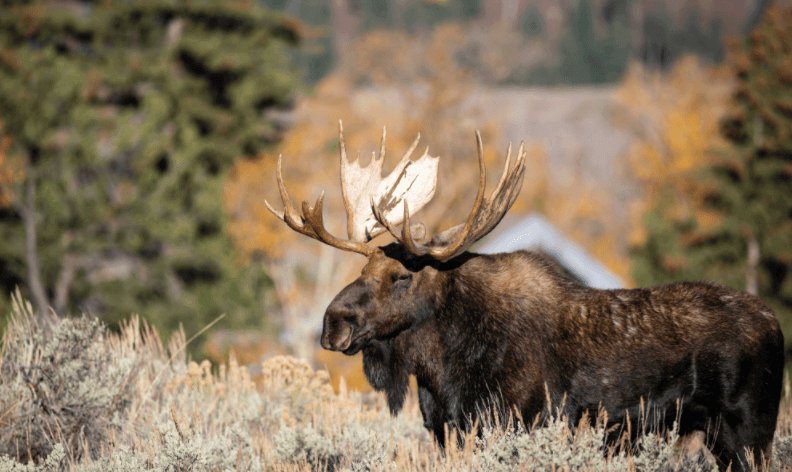
- Size and Weight: Moose are the giants of the Cervidae family, standing 5–7 ft tall at the shoulder and weighing up to 1,500 lbs.
- Antlers: Males sport broad, palm-shaped antlers that can span up to 6 ft.
- Unique Features: Their long legs and distinctive dewlap (or “bell”) under their throats help with thermoregulation.
Elk
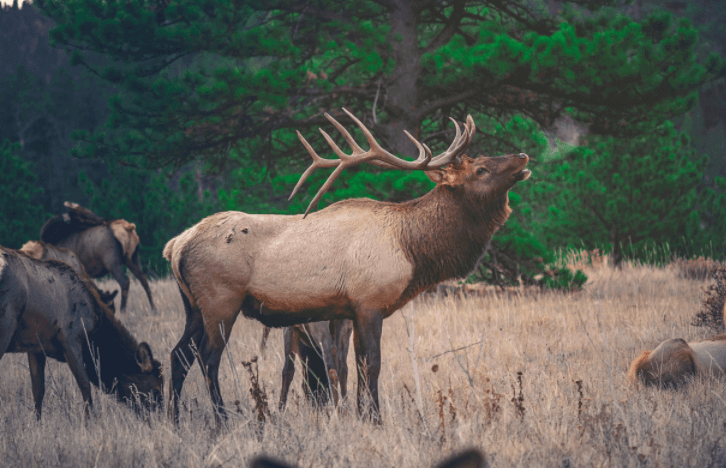
- Size and Weight: Elk are smaller than moose but larger than deer, weighing 500–1,000 lbs.
- Antlers: Males grow large, symmetrical antlers used during mating season.
- Unique Features: Their thick necks and light-colored rump patches make them easy to distinguish.
Caribou
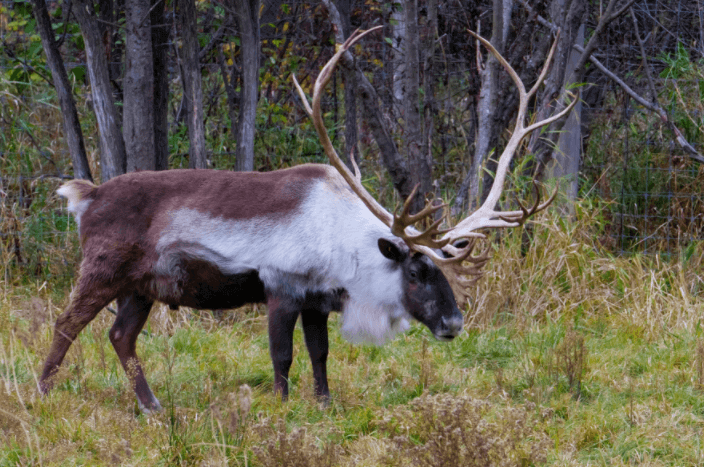
- Size and Weight: Caribou weigh between 200–500 lbs.
- Antlers: Both males and females grow antlers, with males being larger and more elaborate.
- Unique Features: Their hooves adapt to digging through snow to find food and to swim long distances.
Behavioral Traits
The behaviors of deer, moose, elk, and caribou reveal their adaptability and survival strategies.
Diet Behaviors
Members of the Cervidae family are predominantly vegetarian and feed on plants, foliage, grass, etc., and barks. Nevertheless, their feeding habits are not constant for all the animals of the specific species since the kind of food they take depends on the area they inhabit.
Different feeding options include various types of grass, such as marsh grass, saxifrage, and Arctic willow, as well as mushrooms, lichens, and various buds, berries, roots, and seeds. Deer, moose, and elk feed on different types of grass, while caribou are more selective about their forage and can eat only certain plants, such as sedge.
- Deer: Their diet comprises grass and hay, foliage and shrubs and they feed on fruits and acorns where they are available.
- Moose: They are considered to be leaf eaters or more precisely be able to eat plants consisting of wood such as willow, birch, and the maple heated.
- Elk: Elk feed on grass in the summer and feed on shrubs, trees, and barks in winter.
- Caribou: These animals mainly feed on lichens, grasses, and shrubs, most especially in the extremely cold areas that they inhabit.
Social Behaviors
- Deer: Typically solitary or form small family groups.
- Moose: Solitary animals, except during mating season.
- Elk: Form large herds, particularly in open grasslands.
- Caribou: Highly social, forming massive migratory herds.
Rutting Behaviors
During the mating season, males engage in vocalizations, displays, and physical combat to establish dominance.
- Deer and Elk: Males frequently “bugle” or grunt to attract females.
- Moose: Males produce guttural sounds and thrash vegetation with their antlers.
- Caribou: Less aggressive than other species, relying more on antler displays.
Habitat Preferences
The Cervidae family consists of species that inhabit both forests and they can adapt to the different climatic conditions. From the tropical forest to the open grass plain, these animals are residents of North America and other parts of the world because each species has its demand for food, hiding places, or breeding grounds.
Geographic Range
- Deer: White-tailed and mule deer inhabit virtually all of Canada, most of the United States east of the Rockies through to the Pacific coast. These animals are opportunistic and can be found in all the ten regions of Kenya ranging from the tropical forests to the dry acacia lands, savannahs, and even around mammoth suburban human dwellings. They are cultural animals and can easily be found within human proximity since they can feed and seek shelter easily.
- Moose: Moose inhabit mainly the areas of northern latitude boreal forests and wetlands; the United States Alaska, Canada, and some countries of northern Europe are the main habitats. They are also found in North Europe and Russia. Moose prefer cold and usually inhabit forests that are near water bodies such as lakes, rivers, and swampy grounds.
- Elk: Elk are found in the mountainous and open woodland habitats of the western parts of the United States specifically in Colorado, Montana & Wyoming. Originally they inhabited large areas of North American territory, but are now found only in national parks and reserves. There are also spies of Elk in Canadian areas and some parts of Asia.
- Caribou: Caribou are large wild oxen largely inhabited in the Arctic and sub-Arctic zones stretching over North America and northern Europe. Well developed in Alaska, Canada, and some parts of Scandinavia and Russia. These are animals that are native to cold climates, and they have to travel over long distances throughout the year in search of food.
Preferred Habitats
Deer: Deer most prefer forest-margin, fields, and wood depressions because of the availability of foods such as shrubs, grasses, and fallen acorns. These areas also offer the best accommodation because the cover one gets protects predators too. Deer are versatile animals and might easily enter the territory of suburban neighborhoods where gardens and parks contribute to the enrichment of food supply. Check more about what deer like to eat.
Moose: Moose mainly inhabit wetland, coastal, and heavily wooded areas of the northern Midwest near lakes, rivers, and swamps. These areas supply the plants on which they feed, and complex forests where they can hide. Habitat of Moose includes extensive prehistoric unaltered habitats and as such they are easily affected by humans and their activities.
Elk: Elk like to inhabit open areas like the savanna plains, areas adjacent to forests where they feed on grasses and shrubs respectively, and they seek shelter from the small forests. In summer some move to the upland pastures of mountainous country where the conditions are cooler and food is more plentiful. They have another foraging season in the lower regions as it is cold and you need to get closer to the ground to find food in winter. We also explain Elk vs. Moose in another post.
Caribou: Caribou are good migrants and are best known to inhabit the tundra and the boreal evergreen forests where they feed on lichens and shrubs. They travel across long distances covering food grounds during winter and calving grounds during summer. Each part of the caribou helps it survive in very cold conditions, from its thick fur to its broad hooves, which aid in moving across deep snowy surfaces.

Go deer hunting with Kalkal hunting boots. Hunt big and fearless!
How To Identify Deer Moose Elk and Caribou?
To identify these animals in the wild, we should focus on their different characteristics.
Identifying the members of the Cervidae family when tracking in the wild then involves keen observation of these aspects of morphology/physiology and behavior. Every individual in a certain species has characteristics that enable them to distinguish them from other individuals in a certain family.
Visual Markers
Deer: Smaller and slimmer than most other cervids, members of the deer family (including the white-tailed deer and mule deer) possess a white tail switch. They also display small and comparatively short limbs. Males (bucks) have antlers that are not as large as those of elk or moose either.
Moose: You can easily identify moose as the tallest and largest of the cervid species, characterized by their height, thin and elongated legs, and wide, flattened antlers. They are easily recognizable due to their dark brown colored hair and large dewlap; a flap of skin under the throat. People commonly spot moose in regions with heavy woodlands and swamps, usually in the northern areas.
Elk: Much bigger than the deer and characterized by the light-colored rump patch, the elk has antlers that split in a symmetrical pattern upward and outward. They are generally brownish, and paler on the stomach, and bulls may reach 700 pounds in weight. Elk are inhabitants of the open woods and the mountainous terrains of North America.
Caribou: Caribou are, in general, robust, and have short legs and round palm-shaped feet to best cope with snowy conditions. As with other cervids, both sexes of caribou possess antlers; however, those of the males are considerably bigger. For just identification, they possess thicker, lighter-colored fur and large hooves which are presumably useful in places with limited sunlight such as the Arctic and subarctic areas.
Comparison Table
| Species | Size & Build | Distinguishing Features | Habitat |
| Deer | Smaller and slimmer | Whitetail switch, short limbs, smaller antlers | Various environments |
| Moose | Tallest and biggest | Thin, elongated legs, wide flattened antlers, dark brown hair, large dewlap | Heavy woodlands and swamps, typically in the north |
| Elk | Much larger than deer | Light-colored rump patch, symmetrical antlers, generally brownish, bulls up to 700 lbs | Open woods and mountainous terrains of North America |
| Caribou | Robust, short legs | Thicker, lighter-colored fur, larger male antlers, round palm-shaped feet | Arctic and subarctic areas with limited sunlight |
Hunting Considerations
Different species hunting regulations and opportunities vary tremendously throughout the United States and Canada. You have to know the particular rules for each species — seasons, quotas, permits.
Deer: Deer populations are large and widespread, making them the most commonly hunted cervid in North America. In the U.S., deer hunting seasons are regulated during bow hunting, rifle hunting, and muzzleloader hunting. Organizations often maintain sustainable populations by setting quotas.
Elk: In select states like Colorado, Montana, and Wyoming, it’s legal to hunt elk, but usually the tags involve a bit more work with special elk tags due to the number of elk and the amount of effort needed to find them. The species being large and inhabiting challenging habitats makes elk hunts more challenging.
Moose: Moose are small populations and therefore they are restricted to hunting. In many places, such as Alaska and parts of Canada, permit only certain hunts. It’s a short season and it requires special tags.
Caribou: Alaska and parts of Canada provide the only settings for caribou hunting. Because they migrate and because certain areas have vulnerable populations of certain kinds, hunters usually need a permit and often need to follow strict regulations in Alaska. Hunters may have hunted caribou in remote regions for subsistence.
Conclusion
The Cervidae family is a remarkable diversity of deer, moose, elk, and caribou which shows remarkable adaptability. These animals possess physical traits and behaviors that are quite distinct and cover a wide range of habitats, and they are vitally important in ecosystems and human cultures.
If you’re a wildlife enthusiast, hunter, or conservationist, knowing these species will add to your love and appreciation of the natural world. We keep populations sustainable and protect habitats so they don’t pass on their legacy to future generations.


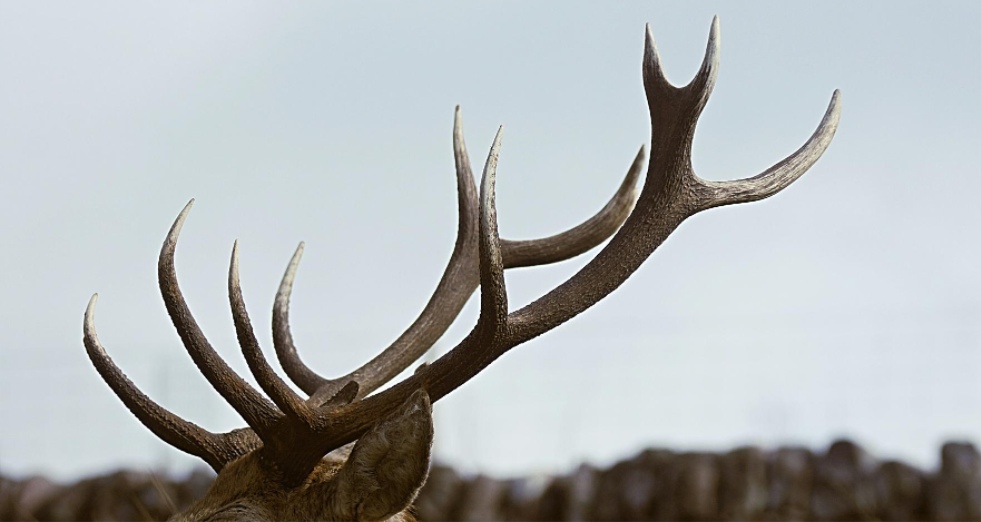
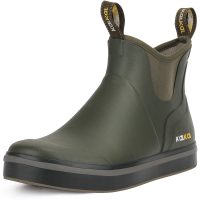

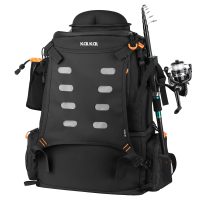
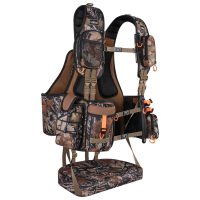


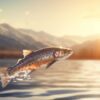

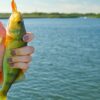
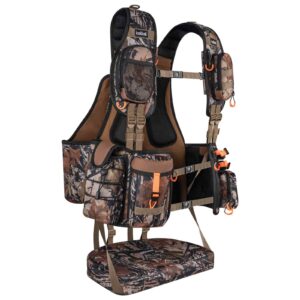
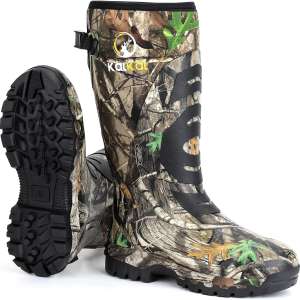
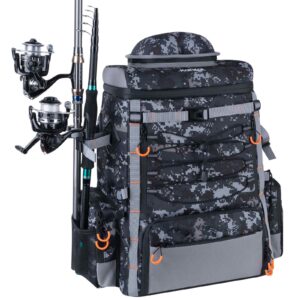
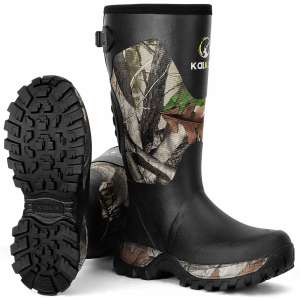
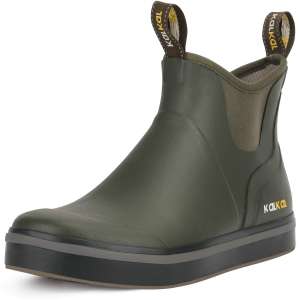



Leave a reply